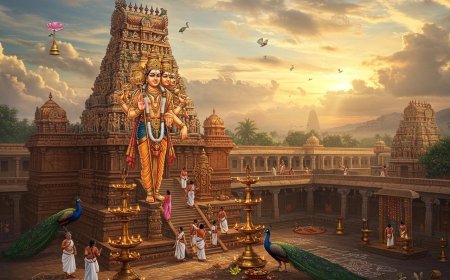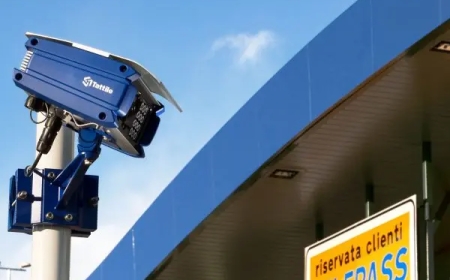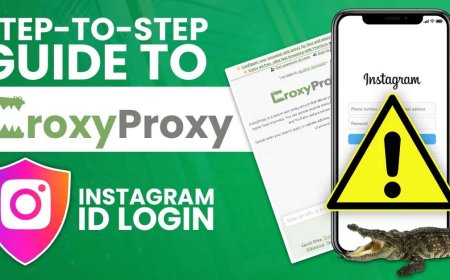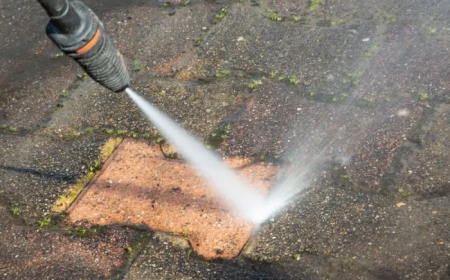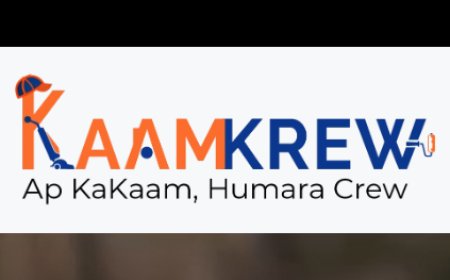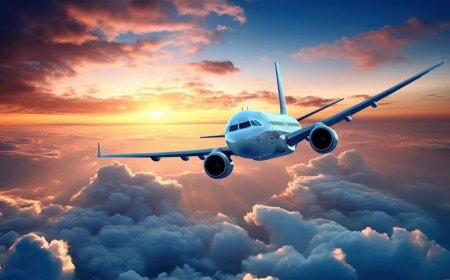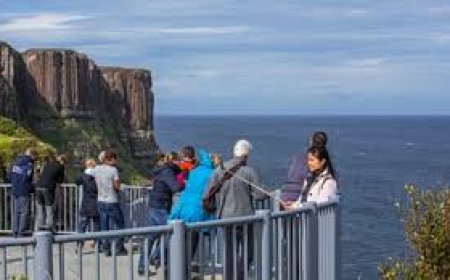How to Budget Wisely for Your Everest Base Camp Trek: Cost-Saving Tips
Experience the thrill of trekking to Everest Base Camp, with expert guides leading you through some of the world’s most dramatic mountain scenery.
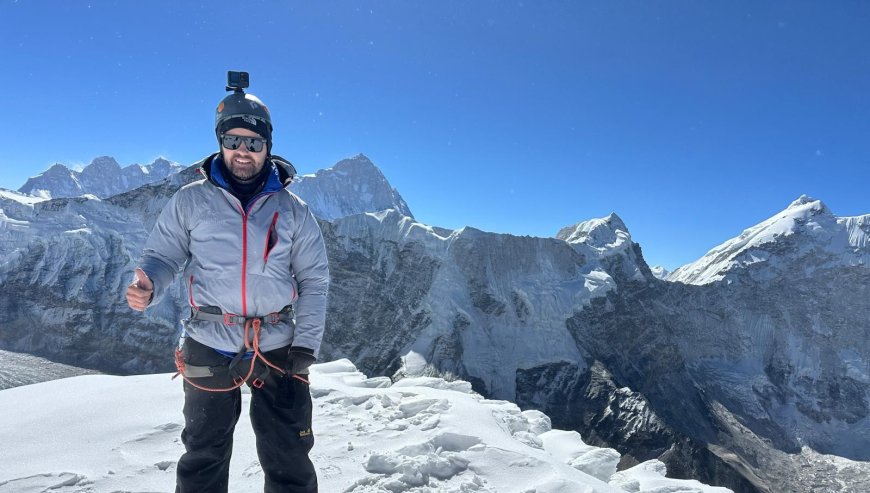
Budgeting for your trip to Everest Base Camp is important if you want to enjoy your experience without breaking the bank. The trek is amazing, but costs can pile up quickly if you're not ready for them. A little planning and some smart choices can help you explore the Himalayas without worrying too much about money.
The main costs usually include flights, permits, gear, guides, places to stay, and food. If you book your Lukla flight early, you can get better deals. Also, trying to fly into Kathmandu during the off-peak times can help lower your international flight costs. Dont forget about permitsyou'll need a TIMS card and a Sagarmatha National Park entry permit, so make sure to include those in your budget.
If you're okay with going solo, you can save some cash by not hiring a guide or porter. But keep in mind that having local support can make your trek safer and help the economy. Renting gear in Kathmandu is also a lot cheaper than buying new stuff, especially if you only need it for one trip. Stick to the essentials and be careful not to overpack.
Staying in simple tea houses can keep your accommodation costs down, and if you eat where you stay, many owners might give you a discount on meals and rooms. Bring a reusable water bottle and purification tablets to save on bottled water costs. Also, snacks and toiletries are pricier at higher altitudes, so load up on those in Kathmandu or Namche Bazaar.
Dont forget about travel insurance that covers emergency evacuationsits worth it. Budgeting should also include some wiggle room for unexpected costs, like delays or extra nights due to bad weather. With a solid plan, you can fully enjoy your Everest Base Camp Trek adventure without stressing about money. By managing your spending, packing smart, and being mindful, you can stay on budget and focus on the stunning trek ahead.
What's the Average Cost of the Everest Base Camp Trek?
The average price for trekking to Everest Base Camp is between $1,200 and USD 2,500. If you're on a tight budget and plan to go solo, you can keep it around $1,000 by sorting out your permits, places to stay, and meals on your own. Group treks with a guide usually cost between $1,500 and $2,000, covering flights, lodging, permits, and the guides fees. For those looking for luxury, packages with private guides and high-end accommodations can go beyond $3,500. Keep in mind that the costs can fluctuate based on the trekking season, flight availability to Lukla, and whether you hire porters or rent gear. It's a good idea to budget in advance to avoid unexpected costs from gear replacements or weather delays. Planning helps you manage emergencies while enjoying your trek.
Can You Trek to Everest Base Camp Without a Guide to Save Money?
Yes, you can trek to Everest Base Camp without a guide, which can help cut down your expenses. Going solo lets you pick where to stay and move at your own pace, saving on guide and porter fees. But it does require some careful planning. You still need to get a TIMS card and a Sagarmatha National Park permit, which you can sort out in Kathmandu or Lukla. Make sure to have a good map or a GPS app and be cautious about altitude. There are plenty of tea houses along the trail that are easy to find. While going without a guide can save you money, it does mean less support in case of emergencies and no cultural insights. If you're experienced and feel comfortable navigating, going solo can be rewarding and budget-friendly.
What Permits Do You Need for the Everest Base Camp Trek?
To hike to Everest Base Camp legally, you'll need two main permits: the Sagarmatha National Park Entry Permit and the Khumbu Pasang Lhamu Rural Municipality Permit (which has replaced the TIMS card for this area). You can get these permits in Kathmandu or Lukla. The Sagarmatha permit costs about NPR 3,000 (around USD 25), and the local permit is about NPR 2,000 ($15USD 20). Keep your copies handy, as youll need to show them at checkpoints along the trail. Buying directly saves you extra fees charged by agencies. Knowing the permit process helps with budgeting and avoids fines or delays. The fees go toward park conservation and the local community, making them worth it for safety and environmental care during your trek.
How Much Should You Budget for Food and Accommodation?
On the Everest Base Camp trek, you should plan to spend around $25$40 a day on food and a place to stay if you're going solo. Tea houses usually charge about $5$10 a night for a simple room, especially if you eat there too. Food prices go up with altitude because of transport costs. For example, dal bhat might be $3 in Phakding but could rise to $8 or more in Gorak Shep. Cheaper meal options include noodles, momos, rice dishes, and soups. Most trekkers eat at the tea house where they stay, which might lower their room cost. Keep in mind that hot showers, Wi-Fi, and charging devices often come with extra fees. Keeping an eye on your daily spending ensures you dont run out of cash while you're out there. Carry cash (Nepali rupees) since ATMs aren't reliable past Namche Bazaar. A good daily budget keeps you comfortable and well-fed.
Is It Cheaper to Rent or Buy Trekking Gear in Nepal?
Renting trekking gear in Nepal, especially in Kathmandu or Thamel, is much cheaper than buying new stuff, especially if you're only using it for one trek. You can rent essential items like down jackets, sleeping bags, trekking poles, and backpacks for just a few bucks a day. Rental shops usually have good-quality gear, and some even offer branded equipment at a lower price than buying. If you're only trekking once, renting is the way to go. But if youre a frequent trekker or want high-performance gear, buying your own might be better. It's best not to rent gear at higher elevations (like Namche Bazaar), where the choices are limited and pricier. Renting gear in Kathmandu before you start your trek helps you save and pack light. It's a smart way to cut down on overall trekking costs while keeping comfy and safe.
Whens the Best Time to Trek to Everest Base Camp?
If you're looking to save money on your trek to Everest Base Camp, the best time to go is during the off-season, which runs from late November to early March or during part of the monsoon season in June to August. Fewer trekkers during these months mean lower prices for things like places to stay, meals, and guides. Flights to Kathmandu and Lukla might also be cheaper. Just keep in mind that the weather can be harsher, visibility might be poor, and it gets pretty cold at night. If youre ready for the chill and the reduced services, trekking during this time can help cut costs. Always check on flights and trail conditions before planning your trip, since weather issues can pop up. For those looking to save and enjoy some peace, the off-season could be the way to go. Just make sure you've got the right gear and a flexible plan in case things change.
Tips for Saving on Flights to/from Lukla
Lukla flights can be a big expense when trekking to Everest Base Camp, but there are ways to save. Booking your flight early is key since spots fill up fast in peak season and prices can soar. Try to travel midweek or during off-peak times for better deals and availability. Look for local Nepali airlines or trusted travel agencies in Kathmandu for competitive rates. If you can, stay flexible with your travel dates and consider adding buffer days for any weather delays, which can happen often. Some trekkers opt to hike from Jiri or Salleri to Lukla instead of flying to save on costs, but that does add extra days to your trip. Keep an eye out for package deals that might include flights if youre booking a guided trek. Its a good idea to confirm your flight in person the day before you fly, just in case anything needs to be rescheduled. With smart planning, you can save money and time.
Guided Tour vs. Independent Trekking: Whats Best?
Going with a guided tour can mean more convenience and safety, but it usually costs more. Most of the time, the price covers permits, flights, accommodations, meals, and guide/porter fees, so it makes budgeting simple. This can be great if its your first trek or if you want everything sorted out for you. On the flip side, trekking on your own gives you total control over your budget, route, and speed. You can negotiate costs at tea houses, choose cheaper meals, and skip the guide/agency fees. If you know your way around and feel good about going solo, you could save a lot. But you will need to sort everything out yourself, like permits and planning for emergencies. A good compromise is hiring a local guide or porter independently, since its usually cheaper than going with a full package. Think about whats more important to yousaving money or having everything arrangedand pick the style that fits your experience and budget.
Hidden Costs You Should Watch For
Many trekkers miss out on some hidden costs when going to Everest Base Camp. These extra expenses can sneak up on you, like charging your devices ($2$5 an hour), hot showers, Wi-Fi, and even toilet paper at tea houses. As you go higher, the prices for snacks, bottled water, or medicine can jump. Weather delays can also hit your budgetextra nights in places like Lukla or Kathmandu can lead to extra expenses for food and lodging. Trekking insurance with emergency evacuation is another often overlooked cost, but its really important, and it adds to your initial budget. Dont forget to think about tips for your guides and porters, which are usually 1015% of the total trek cost. Set aside some cash for souvenirs, satellite phone access, or if you need emergency transport. Its a good idea to plan to have an extra 1015% beyond your original budget. Being aware of these surprise costs can help with planning and make your trek smoother.
How Much Cash Should You Bring? Are There ATMs?
Cash is really important on the Everest Base Camp trek, especially past Namche Bazaar, where ATMs can be hard to find or might not work. Most places up there only take Nepali rupees, and you can't use cards much once you're beyond Kathmandu. Make sure you bring enough cash for your whole trek, plus some extra for any emergencies. A good rule of thumb is around $25$40 a day, depending on your style, along with cash for permits, flights, or gear rentals. You can get cash in Kathmandu or Namche Bazaar, where the ATMs are more reliable. Bring smaller bills because change is often tricky in remote spots. To avoid carrying too much cash, consider separating it into different pouches or using a money belt. Running out of money in the mountains could ruin your adventure, so plan and dont count on digital payments or last-minute cash withdrawals.
Is the Everest Base Camp Trek Expensive?
The Everest Base Camp trek can seem pricey, but there are options for different budgets. If you go with a guided tour, it usually costs between $1,500 and $3,500, depending on what kind of service and amenities you pick. But if you want to do it on your own, you might spend around $800 to $1,200 by handling your permits, staying in budget lodges, and skipping some extras. Your biggest expenses will be flights to Lukla, park permits, gear, food, and lodging. By planning, renting gear, and considering off-season travel, you can make this incredible adventure more affordable. Whether youre on a tight budget or willing to spend more for comfort, good preparation is key to managing your costs.
Can You Trek Everest Base Camp on a Budget?
Absolutely! You can trek to Everest Base Camp without breaking the bank if you plan well. Independent travelers often save by booking flights in advance, renting gear in Kathmandu, and staying in budget tea houses. Carrying your gear and skipping things like porters, hot showers, or Wi-Fi helps keep costs down. You dont have to cook, but eating local dishes like dal bhat usually gives you discounts on your room. Going during shoulder seasons, like March or November, can also help with lower flight and accommodation costs. Most budget trekkers spend around $25 to $40 a day during the trek. With smart choices and a bit of compromise on comfort, you can take in the beauty of Everest Base Camp without spending too much.
What Is the Cheapest Way to Do the Everest Base Camp Trek?
The cheapest way to tackle the Everest Base Camp trek is to go solo and skip the tour companies. Fly to Lukla, arrange your permits, and stay in basic tea houses where rates can be lower if you eat there too. Renting gear is better than buying new, and bringing your own snacks and water purification tablets can save you from high prices in remote spots. Hiring a porter or guide directlyrather than through a companycan also help save money. Only pay for extras like Wi-Fi or hot water when they're needed. Going during off-peak times and managing your meals and route can keep your total cost under $1,000. This minimalistic style allows you to fully enjoy the trek while keeping expenses low.
How Do I Plan a Cost-Effective Everest Base Camp Trek?
To plan a budget-friendly Everest Base Camp trek, start by figuring out what you need to spend on versus what you can skip. Book your Lukla flights early and try to travel during the shoulder seasons for better rates. Rent gear instead of buying it, and stick to packing the essentials. Handle your permits to dodge agency fees. Saving money on food and lodging is easy if you stay and eat at the same tea house. Make sure to bring cash in small amounts since ATMs are hard to find past Namche Bazaar. Carry purification tablets so you don't have to buy expensive bottled water every day. Lastly, keep your plans flexible to avoid added nights from delays or weather issues. With some thoughtful planning, you can keep daily costs down while enjoying an amazing Himalayan adventure.






